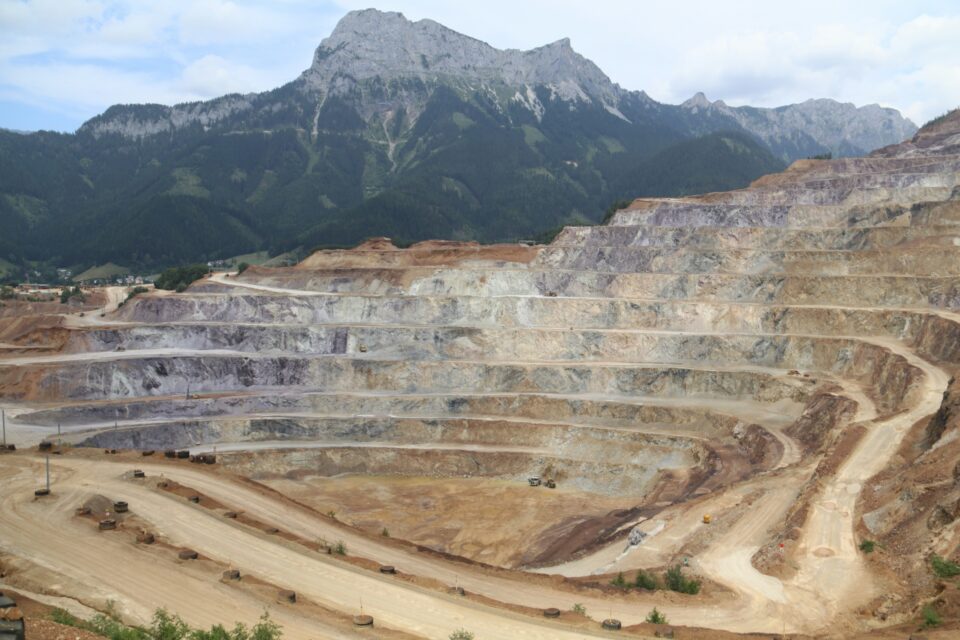Australia is getting serious about Respirable Crystalline Silica (RCS) and so must we, says Wayne Scott, CEO of MinEx.
From last month (July), manufactured stone was banned across the ditch – a world first. Some 700 Australians have already been diagnosed with silicosis, mostly from work with stone bench tops and vanities.
We’ve not yet even considered such a ban here, although MinEx strongly supports one. Those working with engineered stone are at risk of being exposed to around 1000 times more silica dust than a quarry worker. We believe, because you simply can’t manage such high-risk levels, a total ban on engineered stone is required here.
If we did that, it would not by any means be where our risk ends. Modelling by Curtin University in Perth estimates up to 103,000 Australians will get silicosis as a result of exposure to silica dust at work. The estimate includes tunnelling, quarrying, cement work, mining, and construction workers with more than 10,000 forecast to develop terminal lung cancer.
Our country has about a fifth of Australia’s population. We have less mining than Australia but, if the Curtin modelling is correct and is to be considered in relation to here, a considerable numbers of Kiwi workers could be at risk of RCS.
In February, researchers at Monash University in Melbourne, who are at the global forefront of silicosis research, said the challenge now is identifying those remaining at-risk workers and called silica dust ‘the new asbestos.’ Monash is working with patient advocate Joanna McNeill, a young mother diagnosed with silicosis in 2019 after working in office administration at a rock quarry in outer Melbourne.
Again, Australia is taking the lead. From next year, all new heavy machinery will need to be equipped with Heating Ventilation Air Conditioning (HVAC) systems that ensure no dust can penetrate a cab. No such move has been indicated here.
Such systems can be retrofitted and one of the country’s main HVAC suppliers reports many landfills, transfer stations, animal feed processors, fertiliser handling facilities, concrete crushers and batching plants have installed such systems. To date, however, there’s little interest in other industries where workers risk RCS exposure.
Silicosis is now the elephant in our industry room. As a business in extraction or construction, you owe it to yourself or your staff to get assurance that this is not being ignored. The risks and issues are here right now and need to be addressed. Already, a couple of Southland quarry workers have been diagnosed with silicosis.
WorkSafe is signalling – at least to the extractive sector – that it’s going to start taking a tough line on employers who fail to protect their workers from silica dust.
“We are going to be coming in quite hard,” WorkSafe Mines Inspector Stuart Heslop told May’s MinEx workshop in Dunedin.
“This stuff is nasty.”
He outlined that RCS fibres are 100 times smaller than a human hair and the health risks to quarry and mine workers from the resulting disease, silicosis, were probably larger than most people realised. The case was the same with asbestos, which was regarded as a great product until the alarm bells began to ring. Like asbestosis, silicosis can take 8-10 years following diagnosis to kill someone.
WorkSafe ideally wants to see new or retro-fitted HVAC systems in machinery cabs. It says respirators should be available when there is any residual risk from dust after controls like extraction ventilation are used. A proper fit is required for tight-fitting air-supplied respirators.
If a worker doesn’t want to shave, then they need an appropriate respirator or to be offered a role away from areas where exposure to silica dust may be present.
RCS is best dealt with at source. For too long, our extractive sector, for one, has relied on water suppression and paper face masks, when worn. Other PPE needs to be changed daily if there is a risk of exposure to RCS. Unfortunately, there are still some who cling to a 1990s Department of Labour study which said silica dust was not a problem.
We now have the technology to detect it, including, now required, exposure monitoring, that will tell an employer the extent of worker exposure to RCS.
Annual tests to check lung function – long required of mine workers – now also extends to quarrying. Unfortunately, we have no one trained in New Zealand to properly read these tests for early detection of silicosis. The Australians relied on such poor diagnosis for years before less regular X-rays began showing up silicosis that had been missed. By then it is too late.
I’ve recently briefed Workplace Relations and Safety Minister Brooke van Velden on the urgent need for proper training and the establishment of a Silicosis Register.
Action from the Government is essential, but saving workers from the serious potential harm of exposure to RCS now tops the urgent task list for many extractive and construction worksites.
Let’s learn from Australia’s deadly tally of mistakes and its determination to end it.



